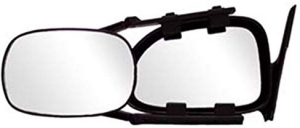-
Welcome to Tacoma World!
You are currently viewing as a guest! To get full-access, you need to register for a FREE account.
As a registered member, you’ll be able to:- Participate in all Tacoma discussion topics
- Communicate privately with other Tacoma owners from around the world
- Post your own photos in our Members Gallery
- Access all special features of the site
What’s this bracket for?
Discussion in '3rd Gen. Tacomas (2016-2023)' started by Taco Joe 321, Apr 12, 2019.


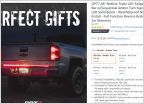 LED Tailgate Light Bar on 2020 Tacoma TRD Sport
LED Tailgate Light Bar on 2020 Tacoma TRD Sport Looking to make some mods to my 19 Tacoma TRD off-road double cab
Looking to make some mods to my 19 Tacoma TRD off-road double cab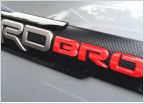 TRD Off-Road vs. TRD Pro - Comprehensive List of Upgrades
TRD Off-Road vs. TRD Pro - Comprehensive List of Upgrades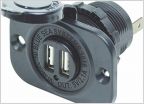 DMM Fast Charge
DMM Fast Charge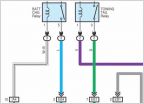 Does the tow package charge a camping trailer battery?
Does the tow package charge a camping trailer battery?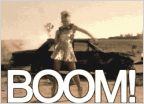 Static?
Static?






















































